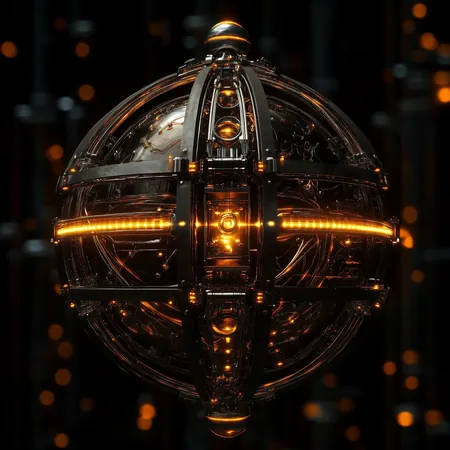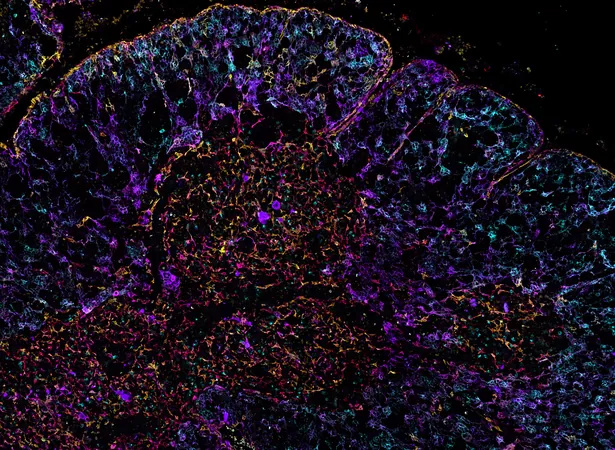
Mechanical Quantum: ETH Zürich’s Hybrid Qubit Redefines Quantum Computing Innovation
2024-11-18
Author: Wei
Revolutionizing Qubit Design
Traditionally, qubits have been created using superconducting circuits, trapped ions, or photons, each type facing its unique set of challenges and limitations. The ETH Zürich team took a daring leap away from convention, aiming to craft a mechanical qubit that leverages the principles of mechanical motion. However, they confronted significant obstacles, particularly in handling the evenly spaced energy levels typical of mechanical oscillators. This harmonic spacing complicates the isolation of quantum states needed for qubit functionality.
To address this issue, the researchers integrated the mechanical oscillator with superconducting quantum control, introducing the concept of "anharmonicity." This innovation allowed them to manipulate the energy state spacing, successfully isolating two states to create a mechanized qubit. Preliminary results show the hybrid mechanical qubit operating at 60% fidelity—a promising start, albeit still trailing the performance of conventional qubits, which often exceed 99% fidelity.
How It Works: The Mechanical Qubit Architecture
The team's approach involves a two-component system. The first element is a mechanical resonator crafted from aluminum nitride, strategically placed on a sapphire crystal. This resonator can sustain vibrations for millions of cycles, showcasing remarkable endurance. The second component features a superconducting qubit positioned on a separate sapphire chip layered above the mechanical resonator. By carefully tuning the superconducting circuit's frequency, the researchers created a hybrid interaction, allowing the quantum states of both components to blend and isolate the necessary energy states for qubit functionality.
Future Prospects and Applications
While the mechanical qubit may not dethrone its more established counterparts in speed and efficiency, its unique properties could lead to novel applications. One exciting possibility is utilizing these mechanical systems as highly sensitive gravitational probes—potentially outperforming other qubit technologies in this regard.
Furthermore, the ETH Zürich team has ambitious plans to explore logical operations with two mechanical qubits, which could significantly enhance our comprehension of quantum mechanics, especially relating to gravitational interactions.
A Nod to the Past in Pursuit of Tomorrow
The advent of the hybrid mechanical qubit reflects an intriguing blend of historical ingenuity and modern technology. While we may not witness the rise of steampunk-style quantum computers in the immediate future, this innovative design highlights the potential of revisiting and re-engineering foundational computing principles to solve contemporary challenges in quantum computation. The ETH Zürich team's contributions not only advance quantum research but also pave the way for an exciting future where classical ideas harmoniously coexist with quantum innovations.
Stay tuned as this revolutionary journey in quantum computing unfolds—who knows what remarkable discoveries lie ahead?





 Brasil (PT)
Brasil (PT)
 Canada (EN)
Canada (EN)
 Chile (ES)
Chile (ES)
 España (ES)
España (ES)
 France (FR)
France (FR)
 Hong Kong (EN)
Hong Kong (EN)
 Italia (IT)
Italia (IT)
 日本 (JA)
日本 (JA)
 Magyarország (HU)
Magyarország (HU)
 Norge (NO)
Norge (NO)
 Polska (PL)
Polska (PL)
 Schweiz (DE)
Schweiz (DE)
 Singapore (EN)
Singapore (EN)
 Sverige (SV)
Sverige (SV)
 Suomi (FI)
Suomi (FI)
 Türkiye (TR)
Türkiye (TR)